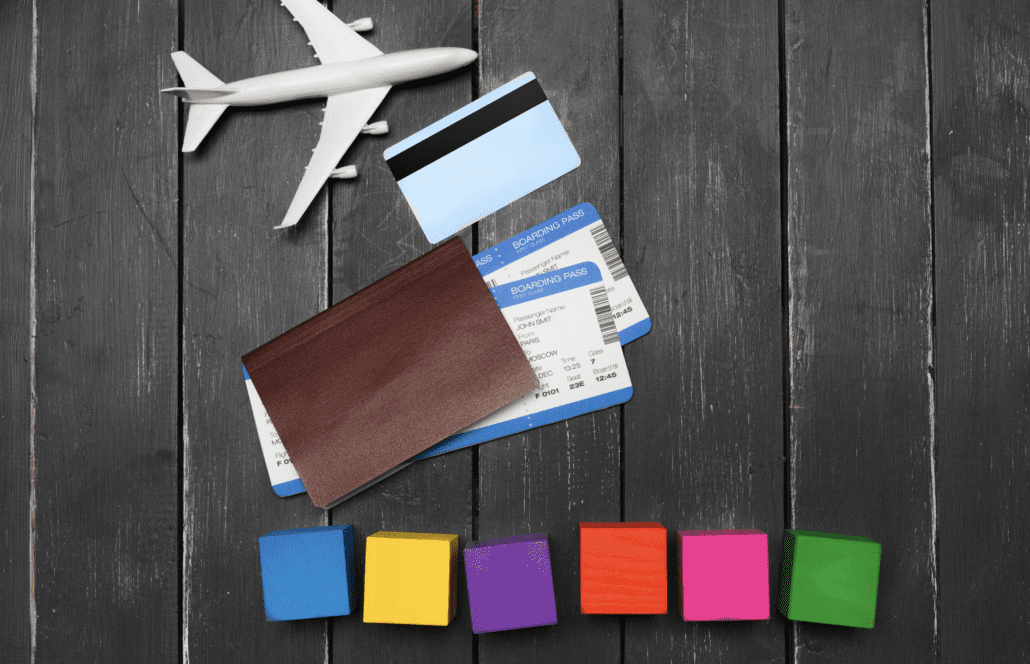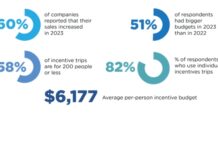
Spend on non-cash incentives by U.S. companies has risen almost 50% over the past six years, reaching an estimated $176B in 2022.
Non-cash incentives and corporate gifting are on the rise in 2022. According to the preliminary findings of the Incentive Federation Inc. (IFI) 2022 Incentive Marketplace Estimate Research Study, the amount U.S. companies spend annually on sales, employee, channel/distributor and customer loyalty incentives and corporate gifting reached $176B this year, up 49% from when IFI conducted its last study of this kind in 2016.
And, while 84% of businesses with at least $1 million in sales reported using at least one form of non-cash incentive over the past year, that percentage was even higher for larger companies. Ninety-two percent of firms with at least $5 million in sales said they used non-cash incentives over the past year.
The study, which was conducted in May this year by Rickard Garlick & Associates Consulting and Market Research Services, surveyed 1,000 business executives who manage non-cash incentive programs for companies with at least $1 million in sales annually. Among the non-cash incentives the research investigated were award points, gift cards, travel and trips, merchandise and experiential awards. IFI Board Chairman Mike Donnelly presented results from the IFI’s major 2022 Research Study at the IMA Summit in July. Final results of the survey will be released next month. For those who can’t wait, the Incentive Marketing Association (IMA) is holding a webinar on August 25 at noon EDT to provide IMA members a sneak preview on the survey’s results. IMA was one of the study’s sponsors, along with the Incentive Research Foundation (IRF), the Promotional Products Association International (PPAI) and several corporate sponsors.
In the meantime, IFI has made some of the top-line results available, including:
- Companies with revenues from $1 million-$10 million represented 91% of businesses in the overall sample.
- Non-cash sales incentives and employee rewards are the most prevalent forms of non-cash incentives, with 55%of businesses using sales programs and 70% of companies having employee programs.
- Non-cash customer loyalty programs are used in 55% of firms, while 48% of companies use non-cash channel/distributor/partner programs.
While the most prevalent forms of non-cash incentives and rewards were gift cards and award points, travel topped the list for sales and channel/distributor incentive programs. Customers of companies with more than $1 million in revenue were most likely to be offered branded or logoed merchandise, with 75% saying this was their top choice.
“This study reaffirms that the use of non-cash incentives has been and continues to be an important part of many businesses’ growth strategies. The growth in the use of non-cash incentives is an important signal that U.S. businesses value tangible incentives over simply using cash to recognize performance and loyalty,” said Mike Donnelly, Chair of the Incentive Federation and President of Hinda Incentives, a Chicago-based incentive solutions provider.
“The Federation’s research in 1996 revealed that only 26% of U.S. businesses were using non-cash incentives, and our 2000 research reflected a $27 billion marketplace,” said Steve Slagle, The Federation’s Managing Director. “The growth in the marketplace over 25 years is certainly gratifying and a tribute to the excellent work by the industry’s companies to educate businesses about the value of all forms of non-cash incentives.”
You May Also Be Interested In…
Incentive Travel Trends: Beaches, Luxury and Relaxation Time Are Top Preferences on IRF Survey
Hybrid and Remote Workforce Calls for an Incentives Rethink










